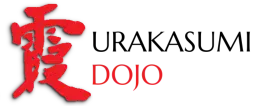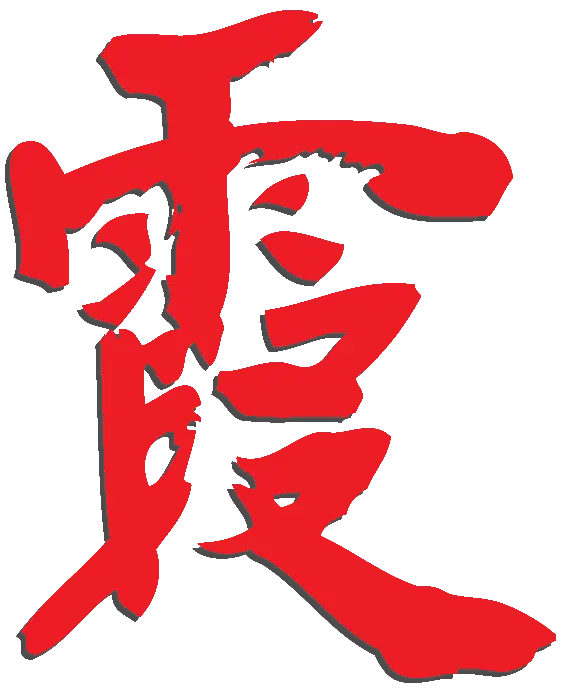The school
霞 KASUMI is an essential element in the culture of northern Italy, but also for the medieval Japanese's culture. KASUMI means "mist", "fog", it's an essence full of water with a scent of fields and flowers, but at the same time, due to its pureness, it's fragile and easily defiled by heavier polluting elements presents in the lower zone of the atmosphere. In the martial way, purity and fragility are the two pillars which yields to strength and knowledge. Purity as in the research of authenticity (Zen), while fragility as in the awareness of a shimmering and vivid balance (Taoism-Shintoism).
裏
URA means "reverse", "the other side" or simply "beyond".
URAKASUMI is therefore "Beyond the fog". It is a fluctuating place between intuition and perception, it is reachable only in a state of deep concentration which is necessary to practice and learning Aikido.
Istruttori
Ennio Paleari
Dojo's technical leader
6° Dan Aikikai

The didactic head of the dojo is Paleari Ennio, 6 dan Aikikai (directly granted by Yasuno shihan, Hombu dojo Tokio). Born in Lodi on august 30th 1972, Ennio begun practice Taekwondo and brazilian Jujitsu on July of 1996 at Salt Lake city, in the state of Utah (USA) Always looking to a martial are more conforming to his martial spirit, he joined Utah Aikikai on February of the subsequent year. Back in Italy, he practiced for many years at Milan Dojo of Sensei Fujimoto Youji, 8 Dan Aikikai, didactic director of "Aikikai d'Italia", and with japanese masters in Italy and Europe, he occasionally visited Japan to deepen his studies. From 2004 he lives in Tokio, practicing in the general quarter and in the private dojos of the most influential japanese instructors. Finally in the summer of 2013 he established Urakasumi Dojo in the city of Lodi.
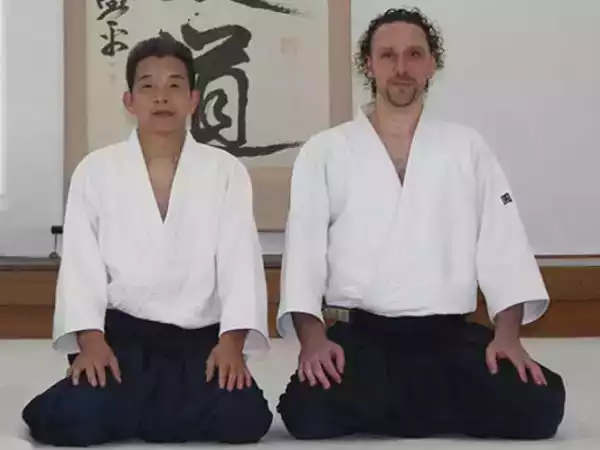

Il Dojo
In BUDO (the martial way) the dojo is the place where training takes place, but it is also symbolize the deepness of the relation a practitioner establishes with the martial art; this latter aspect is proper of Chinese and Japanese Buddhist culture, which identify the dojo as the place of isolation and meditation.
Dojos were often small rooms located near temples or castles, near forests ends, such as the secrets of the techniques could be easily preserved. With the diffusion of martial arts, many dojos started to appear and in many cases they would be considered by masters and practitioners like a second home. Dojos where embellished with works of calligraphy and artistic objects made by the very students, they fully conveyed the atmosphere of dignity that reigned in the dojo; sometimes on a wall there was a chest, which symbolized that the dojo was dedicated to the higher values and virtues of the dō, not only to physical exercise. In other dojos there were altars called kamiza (seat of the gods), they were not referred to divinities, but the were to the memory of a great deceases master. A dojo stands for a place of meditation, concentration, learning, friendship and respect, it is the symbol of the “way” of martial art.
In the west the term dojo is wrongly translated as gym and it is only indented as a place for training, while in oriental culture the dojo is the place where, by following the “way”, one can achieve a perfect unity between zen (mind) and tai (body), this the perfect psychophysical balance, the greatest realization for oneself. Dojo is the school of the sensei (teacher): he is the head of the school and his are the directives and norms of good proceeding of the school; beside the sensei there are other teachers, his students, and senpai (student of higher rank) which fulfill an important role: their behavior is the example that must guide other students; when a senpai doesn’t care about his behavior he/she becomes harmful for the whole school.
No advanced student takes more from the dojo than what he gives in return: the dojo is not simply a place, but the image of a behavior, dojos of the “way” differentiates from standards sport places: physical exercise can be the same, but it is the searching for the right attitude that allows one to progress. A student that enters the dojo must live behind all the problems of daily life, purify his/her mind and concentrate on training to overcome his/her limits and insecurities, in a constant challenge with oneself.
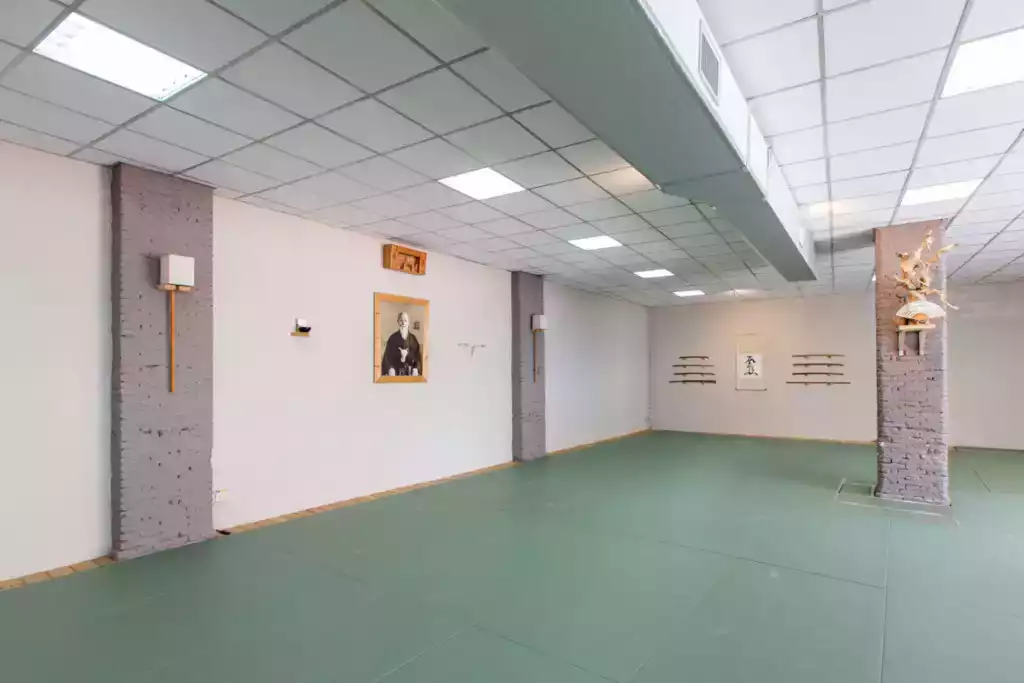



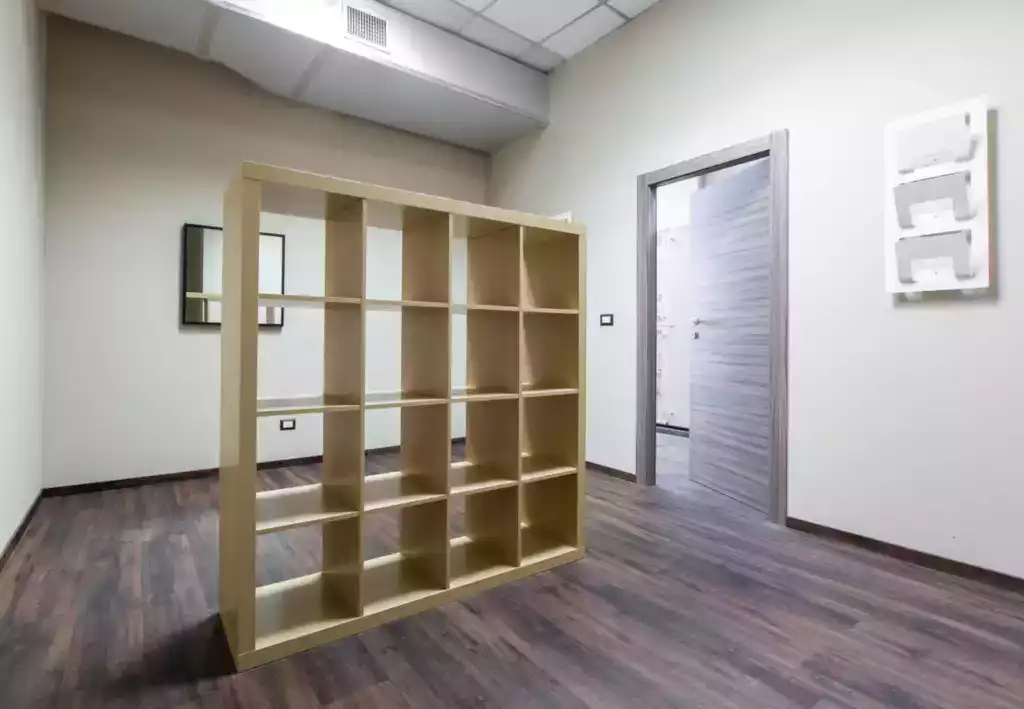
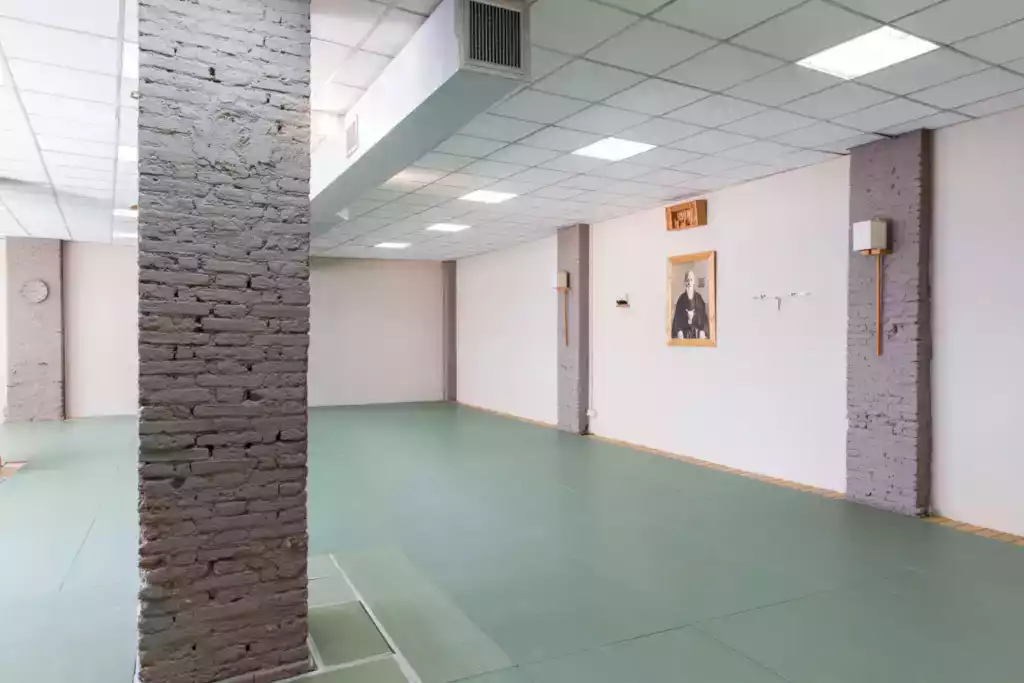


A dojo is like a small society, with well defined rules that must be respected. When students wear a keikogi they become all equals; their social and professional condition is left in the changing rooms, for the teacher they are all at the same level. With techniques many rules are learned, form personal care and care of the keikogi (which shows only the emblem of the school), to not yell, to not dirty, to not smoke, or to not wear earrings or other embellishments (to avoid hurt or get hurt), to behave with education until the acquisition of martial arts ethics which descends from the archaic-feudal ethics of the samurais: bushido “the way of the warrior”.
Courage, kindness, reciprocal help, respect for oneself and other are the dictates which becomes part of the cultural baggage of a student. In the dojo, violence is not used: for this reason martial arts emphasize mental force over psychical force, which is bound to weaken sooner or later.
When entering or leaving the dojo one must bow: it is a sing of respect towards the arts of thanksgiving for everything good it offered. Anciently in the dojo it were performed the ancient ritual of soji (cleaning): students, using brooms and rags, cleaned the place, leaving it in order for subsequent training. This act is the symbol of purification of body and mind: practitioners prepared themselves to the outside world with humility, quality necessary to learn and teach martial arts.
L'Aikido
Aikido is a Japanese martial art, even if it has been only recently codified it has its roots in the martial and philosophical tradition of ancient Japan.
Aikido was created by Morihei Ueshiba (1883-1969) as a synthesis of other martial arts, among which there are various jujitsu's ryuha, jojutsu and kenjutsu and many others. Ueshiba dedicated himself to deep philosophical and religious studies, he developed an ideology finalized to the realization of a universal harmony (AI) towards oneself, others and nature.
Aikido is not primarily a means of fight, but through martial education, it is a means of self improvement.
In Aikido do not exist tournaments, competitions, "sparring" nor enemies to win. In times of peace, like our time, we only need to learn how to live together and cooperate to the necessities of everybody; maybe by reducing our needs we can discover new dimensions of ourselves, which will allow ourselves to live in harmony with others.
According to the founder the goal of Aikido is not to defeat others, but to destroy negative characteristics which live in our mind and hinder its functioning.
At the same time we must not forget the potentiality of Aikido as a means of personal defense; one of the reasons for which we don't fight in Aikido is that many of its techniques could not be applied for their high traumatic potential.
Movement in Aiki is the dynamism fo the universe's energetic forces.
Power in Aiki is the power of a body-mind-spirit strong and unified, which moves in harmony with everything that surround it.
It's origin is in Budo.
It's development is the result of 2000 years of cultural process of mutation and refinement, an evolution carved in the blood of internal fights in Japan.
The creation of Aikido was the masterpiece of great sensei Ueshiba, a mythical figure in Japanese culture, even if he is temporarily close to us. Ueshiba traveled everywhere in the Meiji's Japan to study under the most influential masters of his time.
Hard work, strict discipline and everything he possessed was dedicated to in-depth studies of martial arts and spiritual disciplines like Zen, Mikkyo and other forms of esoteric Buddhism and Shintoism.
Aikido is creation, not destruction, it is a positive force which transform violence and brutality in harmony and justice
, said Ueshiba sensei.
Training in Aikido is a challenge with yourself, not with others; you will develop self-confidence facing your own fears. Aggressiveness will transform into creativeness.
The concept is clear and simple, but applying it into everyday life is a process that requires a sincere devotion; often under pressure of everyday reality we forget our principle and we fall back to act in ways we know they are wrong.
Aikido is this type of discipline, in which theory is everyday verified, renewed and refreshed by practicing. With the application of physical principles we'll develop a muscle memory that will make our reaction quicker not only in case of physical aggression, but mostly when facing a unanticipated event that take us by surprise and hits with all its power (like a layoff, family losses, an unexpected winning, or a general failure).
Aikido's physical movement is the incarnation of spiritual principles
said Ueshiba sensei, the strength of an attack is not deflected but fused with oneself strength, controlled and redirected using the force and the balance of spiral movement, the movement with minor energetic dispersion.
This is the form of Aikido, this is the form of every energies fundamental to existence
, study and sincere practice intensify our acknowledgment in the nature's perfection, bringing us back in harmony with our environment, the other and ourselves.

This is the essence of Budo, not a means of destruction or conflict, but a way of spiritual development, mental and physical at the same time, it is self-refinement aimed to the protection of life's quality, ours and for those who surround us. But be careful, without the hart of warrior and a vivid sentiment to protect others, and life, Aikido, like any other martial arts, becomes a dance, a paid show to satisfy everyday frustration. To conclude, Aikido is not a sport, but it is a discipline, an education process, martial techniques is not the ultimate end, but an instrument for this personal evolution.
